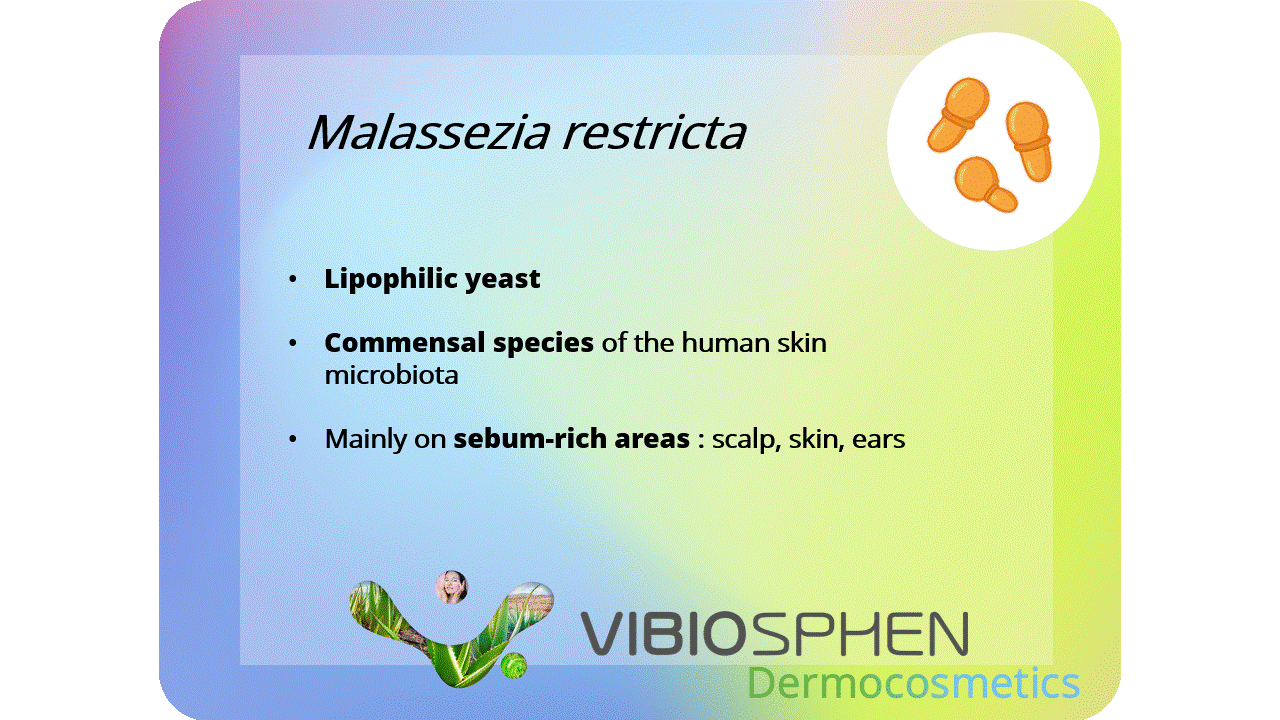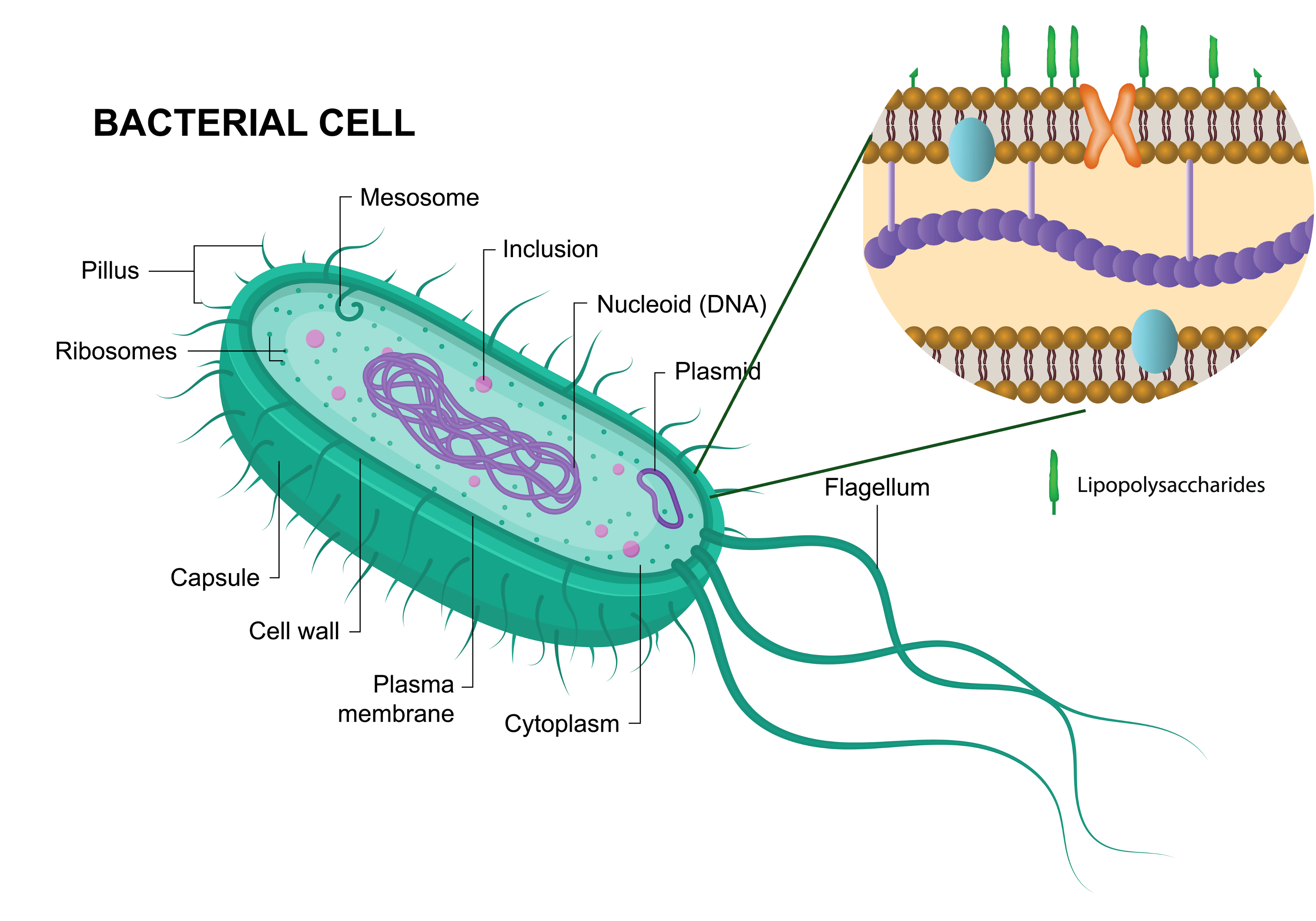Bacteria Communication: The Intricate World of Quorum Sensing

Bacteria, often seen as simple, single-celled organisms, are in fact sophisticated communicators. They rely on a system called quorum sensing (QS) to sense population density and make collective decisions. Here's an exploration into the complex world of bacteria communication, their communication signals, and their influence on bacterial infections.
1. Quorum Sensing (QS): The Basics
What is Quorum Sensing?
Quorum Sensing is essentially how bacteria "talk" to each other. It's their ability to detect and respond to changes in their population density. This system plays a crucial role in significant bacterial activities like growth, defense, and even virulence.
How Does QS Work?
Bacteria release diffusible molecules that signal their population density. As the density increases, the concentration of these molecules rises, activating pathways within bacteria cells that lead to changes in gene expression.
2. Key Molecules in QS
Bacteria produce diverse signaling molecules, some of which include:
- Peptides: Particularly in Gram-positive bacteria.
- Acyl-homoserine lactones (AHL): Found in Gram-negative bacteria.
- 4,5-dihydroxy-2,3-pentansione (DPD) derivatives: Present in both Gram-positive and -negative bacteria.
The sheer diversity in these signaling molecules allows distinct signaling and crosstalk between different bacterial species.
3. The Signaling Systems: Gram-positive vs. Gram-negative Bacteria
Gram-positive Bacteria
These bacteria often use two-component systems (TCS), where external signal activate a membrane-bound sensor that, in turn, catalyses intracellular reactions. For example, in some Gram-positive bacteria, they possess intracellular receptors for QS molecules which impact gene expression either directly or through modulation of other transcription factors.
Gram-negative Bacteria
Most Gram-negative bacteria use non-peptide N-Acyl homoserine lactones (AHL) for communication within the species. These molecules regulate gene expression once activated by their corresponding ligands. However, both Gram-positive and Gram-negative bacteria produce a molecule called auto-inducer 2 (AI-2) which is thought to play a role in communication between species.
4. The Impact of QS on Infections
Survival and Persistence
Defects in QS signaling impact a bacterium's ability to colonize specific environments. For instance, certain bacteria strains can only thrive in the gastrointestinal (GI) tract if they have functional QS systems. Their persistence in the GI tract is often linked to specific health concerns, such as colorectal cancer. This shows the direct impact bacteria communication can have on health outcomes.
Bacterial Adhesion
Bacteria that produce QS molecule AI-2, like Escherichia coli, play a pivotal role in determining microbial composition in certain environments. The disruption or absence of this molecule can lead to significant changes in bacterial populations, which can influence the onset and severity of infections.
5. Bacterial Signals and Human Health
There's growing evidence that the presence or absence of specific bacteria in the GI tract influences human health. Although much focus has been on traditional pathogen-associated molecular patterns (PAMPs) receptors, recent research indicates that various receptors not typically linked to bacterial sensing may respond to QS-associated molecules.
For instance, G protein-coupled receptors (GPCRs) have been identified as potential facilitators in bacteria-host interactions. These receptors can be activated by various bacterial compounds, demonstrating the profound connection between bacterial communication and human health.
Conclusion
Understanding the intricate communication mechanisms bacteria employ offers a promising path to developing innovative treatments for bacterial infections. Quorum sensing, as highlighted, not only plays a central role in bacterial decision-making but also significantly impacts human health, especially in relation to bacterial infections.
Note: This article is a simplification of comprehensive scientific research on bacterial communication. For a deep dive into the subject, kindly refer to the original scientific paper and other related work.
https://www.ncbi.nlm.nih.gov/pmc/articles/PMC9179481/pdf/cells-11-01734.pdf
Catégories
Pagination
- Page 1
- Page suivante
Archives
- octobre 2025 (1)
- juillet 2025 (1)
- juin 2025 (3)
- mai 2025 (1)
- mars 2025 (1)
- mai 2024 (1)
- avril 2024 (2)
- septembre 2023 (1)
- août 2023 (1)
- mai 2023 (1)
- avril 2023 (2)
- février 2023 (1)
- décembre 2022 (1)
- octobre 2022 (1)
- juin 2022 (1)
- mai 2022 (3)
- avril 2022 (1)
- février 2022 (2)
- janvier 2022 (3)
- décembre 2021 (2)
- novembre 2021 (1)



